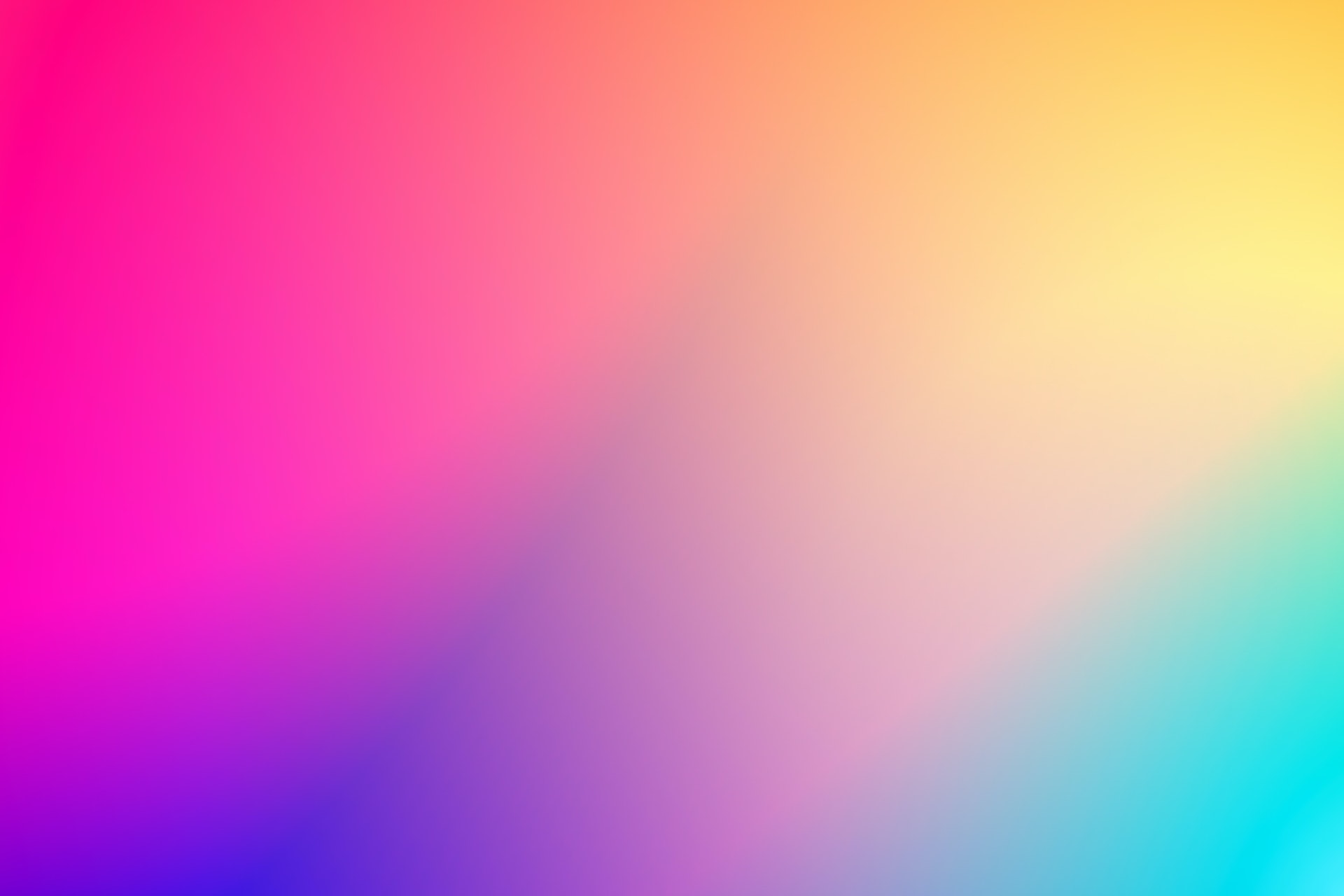Every day, our feelings and dispositions are influenced by color. Therefore, the placement and use of colors are extremely crucial factors in brand recognition.
Is it possible that you’ve experienced an immediate surge of joy and anticipation when entering a certain space or eating establishment? Consider the hues that surround you if you’re in a very good mood. Some colors may have a more beneficial effect on your brain than others.
If a flower is red, you could assume it’s a rose even if it isn’t. The truth is that color is one of the few stimuli that affects every single human being. As a result, we may have strong feelings in response to the hues we take in.
Here’s a list of ways colors can affect your mood and emotions
- Prompt you to remember pleasant things
- Increase your sex drive
- Prompt you to interact with others in a positive manner
- Prompt you to smile and laugh
- Energize your creative juices
- Increase your energy levels
- Improve your health
- Increase your appetite
You can open people’s hearts and soothe them when they are distressed simply by selecting color schemes that you want to use, and you can create an environment that is safe and cheerful.
Colors like yellow, orange, and pink are examples of happy colors. Your disposition can also be improved by the use of pastel hues, such as peach or lilac.
Your mood will be lifted and your outlook improved if you surround yourself with colors that are lighter and brighter. One further manner in which colors have the power to evoke cheerful feelings is by blending a number of main and secondary hues to produce a colorful effect.
Orange
Orange is a hue that conveys a sense of excitement, originality, and adventure. The combination of yellow and red in this eye-catching color combination is cheery, vivacious, and encouraging. Orange robes, a sign of Buddhism’s emphasis on eschewing materialism and simplicity, are worn by Buddhist monks. The Home Depot and Nickelodeon are two well-known companies that make use of the color orange.
Green
The color green has a reviving and upbeat effect. The color green is associated with prosperity, growth, and good health. The color green is the most soothing to the human eye and should be utilized to calm and balance a design. Using this shade can help a business project an image of expansion, stability, and boundless potential.
Green, the hue of nature and growth, is also connected with themes of balance, new beginnings, serenity, safety, fertility, and ecological sustainability. The human eye finds the hue green the most soothing, and it is believed to have restorative properties.
Yellow
The color yellow encourages joy and uninhibited behavior. Yellow is one of the warm hues, but it’s perhaps the one with the greatest vitality. Laughter, optimism, and bright sunshine are all connected with it. Yellow highlights in your design assist to give it vitality and will make the person looking at it feel more upbeat and enthusiastic.
Purple
The color purple exudes joy and a sense of whimsy and playfulness. It’s like a break from reality, and it conjures up all kinds of fantastical visions. Due to the fact that purple is not a fundamental or primary hue, it is frequently seen as a declaration of individuality. Additionally, purple is frequently interpreted as a symbol of combining the conventional with the novel. Purple is often used in professional settings to express a sense of high value and ambitious ambitions.
Pink
The color pink is associated with a lot of good things. It is a hue that does not inspire fear and is quite peaceful. Innocence, hope, and optimism are all associated with it. Additionally, it embodies the admirable qualities associated with conventional femininity, such as caring and nurturing.
Turquoise
There is a connection between the heart and the spoken word, and the hue turquoise can assist open those channels of communication. It gives off the impression of being a cheerful and cheerful hue that is loving life. It is a mixture of blue and a very little bit of yellow, and on the scale of colors, it falls in the middle ground between green and blue.
In response to predetermined cues, humans can’t help but act. Seeing something for the first time triggers your brain’s primary visual cortex to process the hues and tones of the scene. There is scientific evidence that the brain can deduce the identity of an object based only on its hue, much before the object’s shape and texture become apparent.



